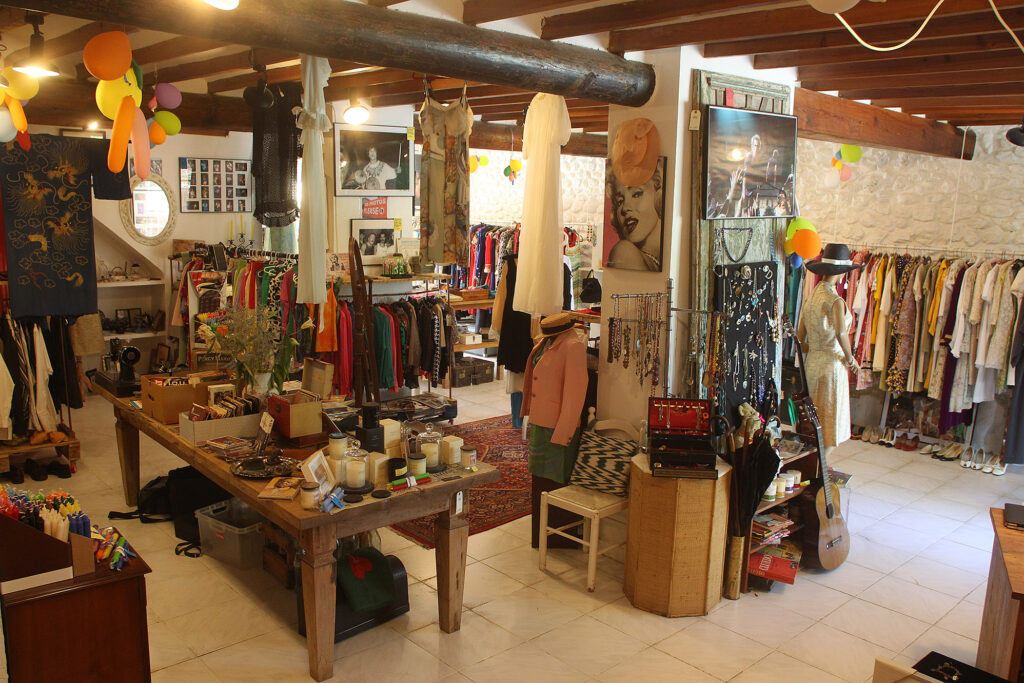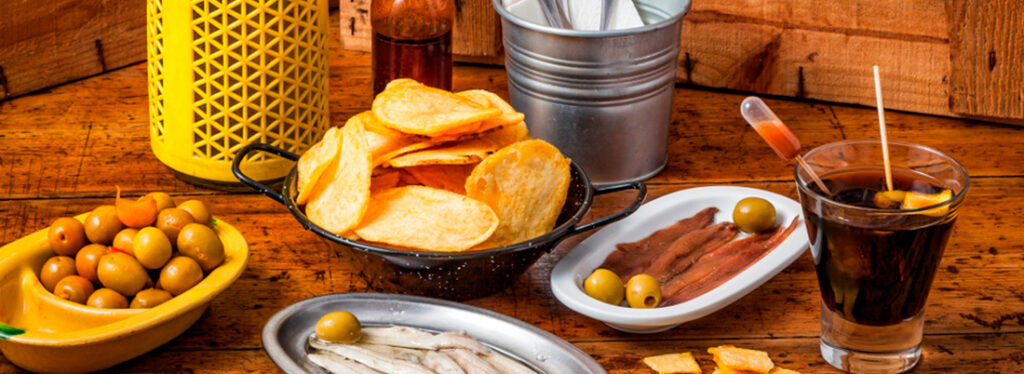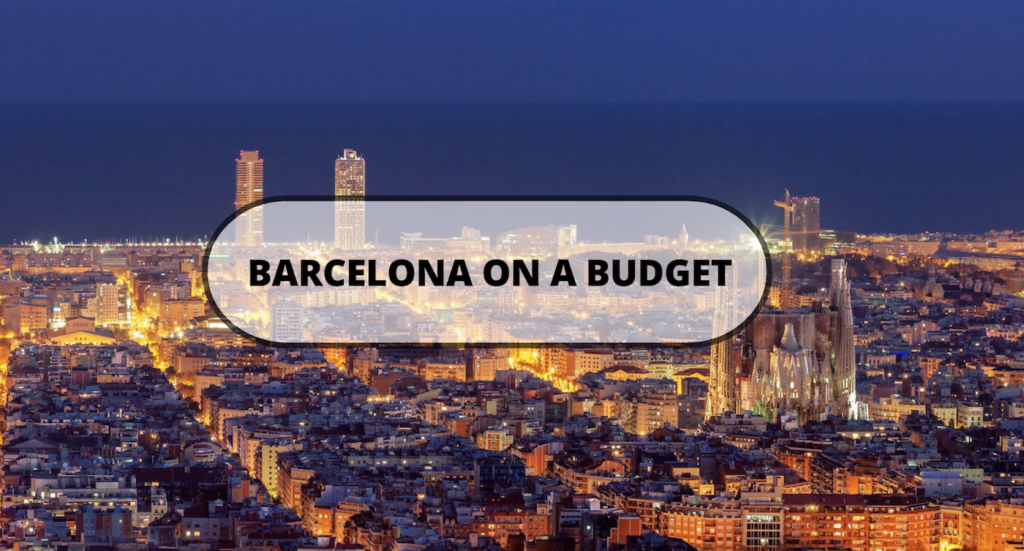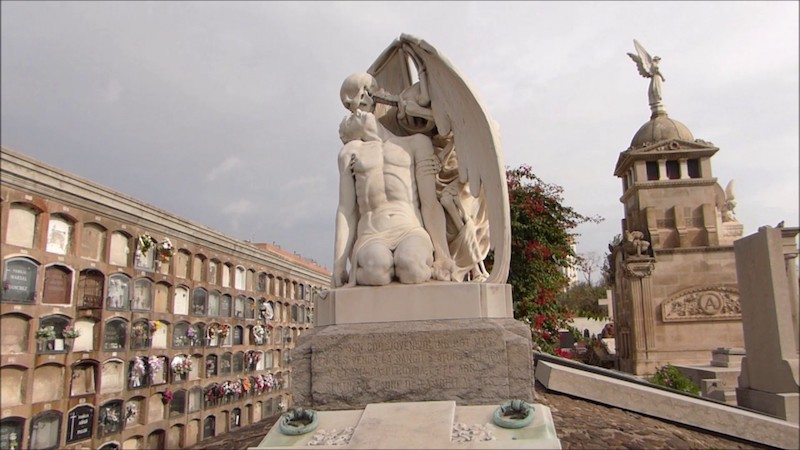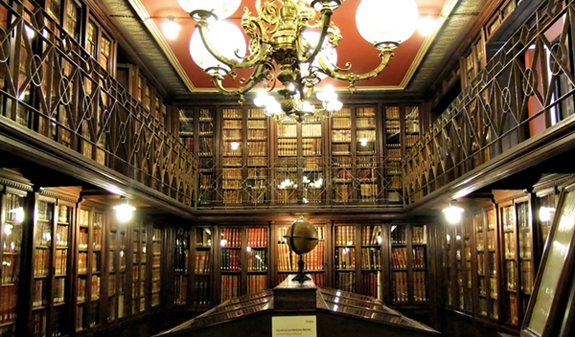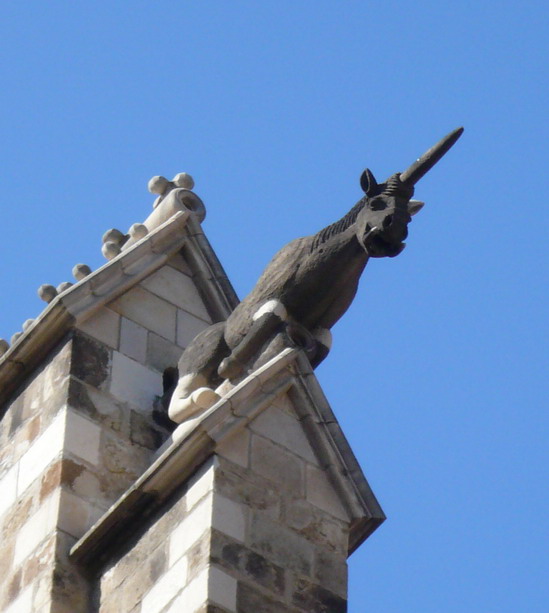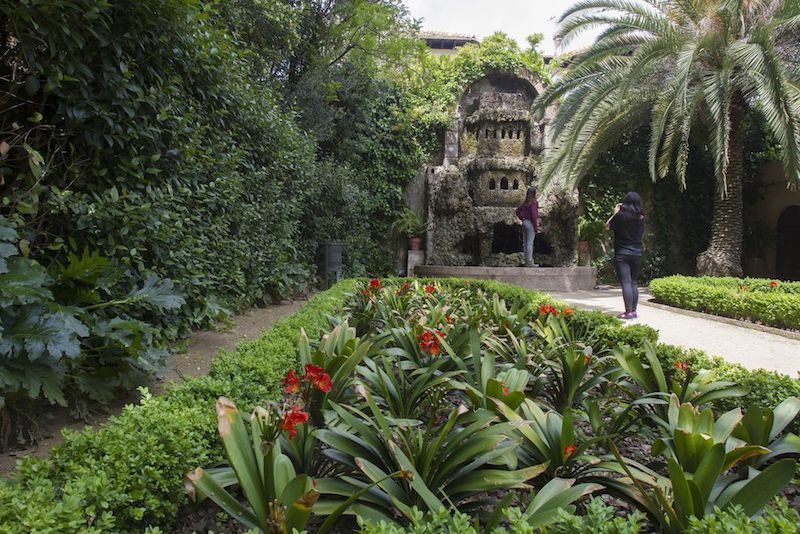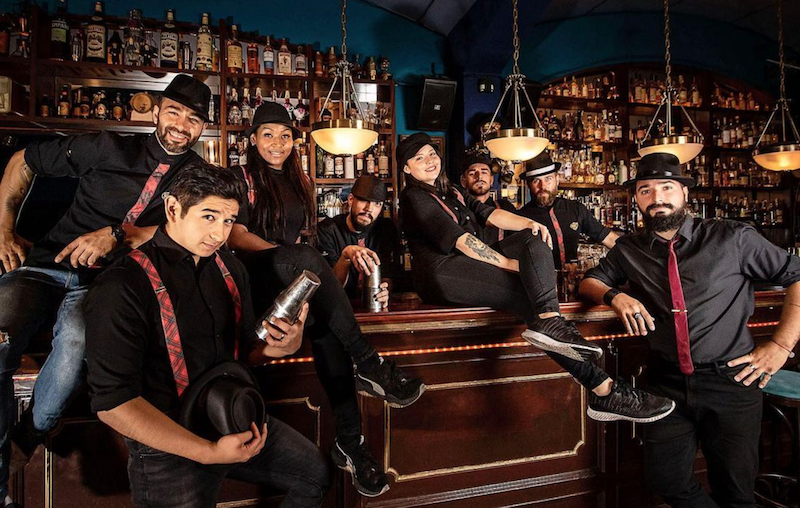Barcelona’s El Raval district is part of the city’s Ciutat Vella (old quarter). It is literally a stone’s throw away from the city’s famous Las Ramblas and Plaça Catalunya, so there is no excuse not to visit this emblematic part of the city.
What is today a colourful, vibrant neighbourhood was once a forgotten area of Barcelona associated with crime and prostitution. Yet it has recently seen a new lease of life with changes for the better, making it a neighbourhood in Barcelona with a truly unique personality with many a thing to see and do.
There is always something going on in El Raval come night or day, rain or shine. We’re not exaggerating when we say every corner of this district is brimming with art, culture and life.
We’ve put together this guide to El Raval district in Barcelona to make sure you don’t miss a thing. So grab your camera and get ready to discover 9 of the best things to see and do in El Raval.
1. CCCB – Centre for Contemporary Culture
Carrer de Montalegre, 5, 08001 Barcelona
An unmissable stop on your tour of El Raval is this space dedicated to modern-day culture that is packed with fun activities and exhibitions for all ages and tastes. From life on other planets and the latest scientific discoveries to art, film and literature from all over the world, the CCCB programme has something for everyone. What’s more, entrance is free on Sundays after 3 pm – but make sure you reserve your spot in advance!
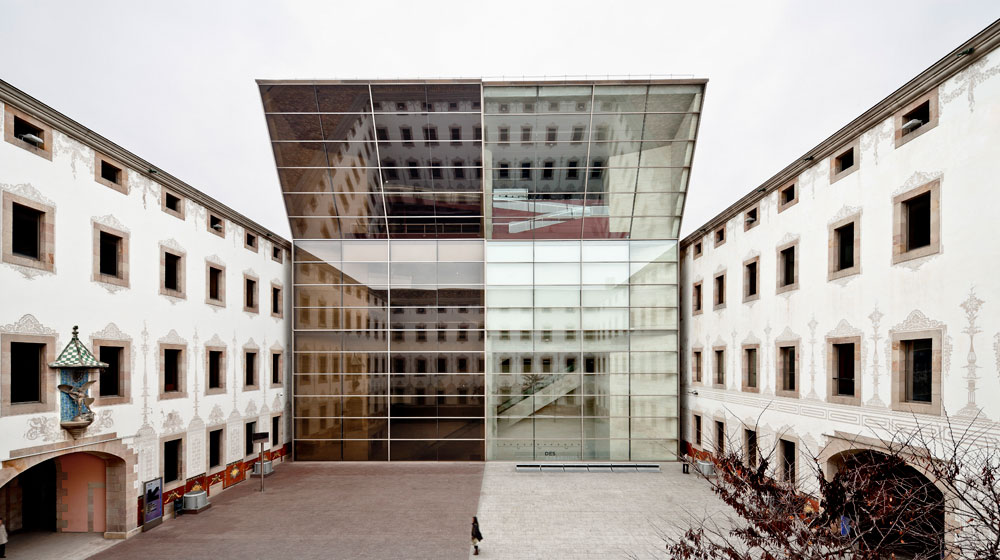
2. MACBA – The Museum of Contemporary Art of Barcelona
Plaça dels Àngels, 1, 08001 Barcelona
Just around the corner is the MACBA, which you’ll recognise by its stunning modern glass façade, housing a diverse array of permanent and temporary exhibitions by local and international artists from the later half of the twentieth century to the present day. Check out the website for guided tours, workshops and activities for kids.
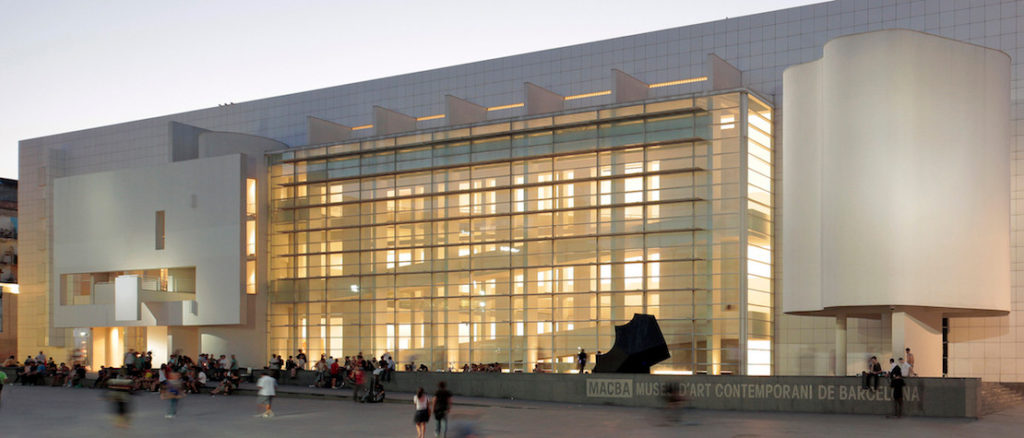
3. La Rambla del Raval
One of our favourite things to do in El Raval is take a stroll down La Rambla del Raval. This extensive tree-lined boulevard is brimming with ethnic and cultural diversity, and is where you’ll catch street artists for a colourful experience in El Raval District.
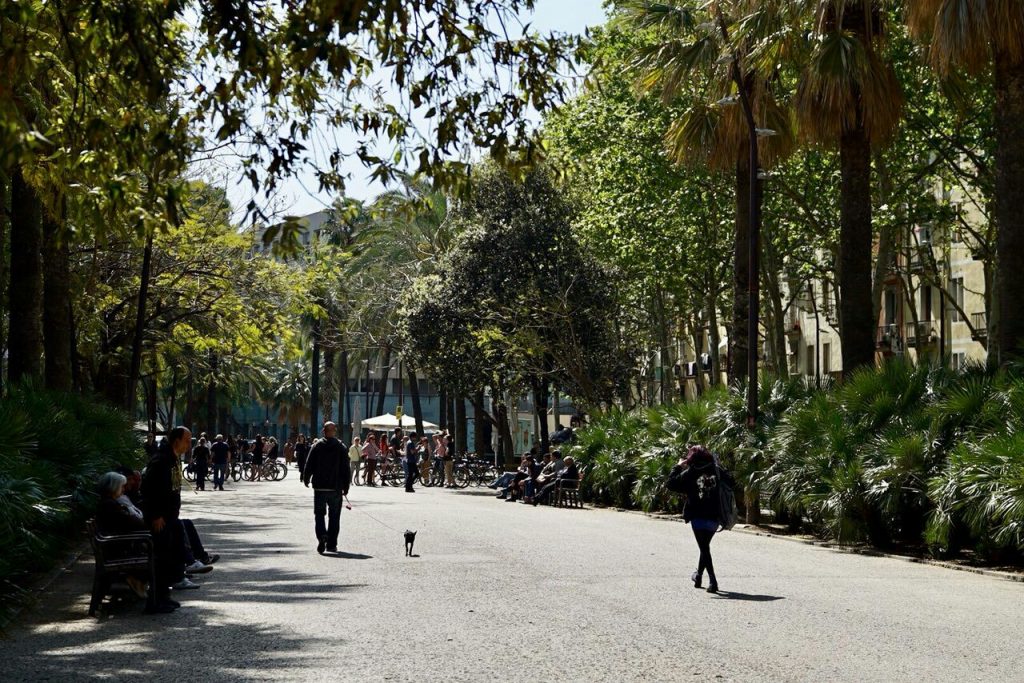
4. Take a photo with el Gat de Botero
Whilst you’re at La Rambla del Raval, don’t forget to snap a selfie with the district’s famous bronze sculpture of a cat by Fernando Botero, famous Colombian sculptor.
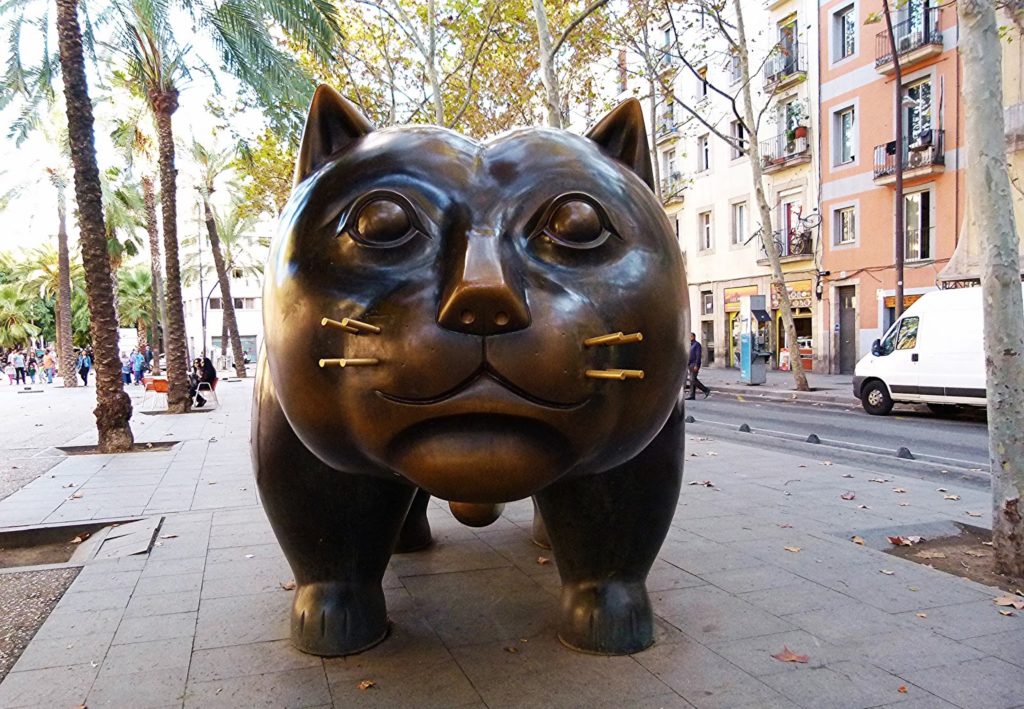
5. Go alternative shopping
El Raval is the place to be when it comes to vintage and alternative fashion. You’ll find everything and anything from handmade dresses and second-hand bargains to accessories from the 60s, 70s and 80s. Be sure to head to Calle Riera Baixa, which is lined with pop-up stalls every Saturday morning. What’s more, don’t miss the Fleadonia flea market on Sundays in Plaça de Blanquerna for even more bargains!
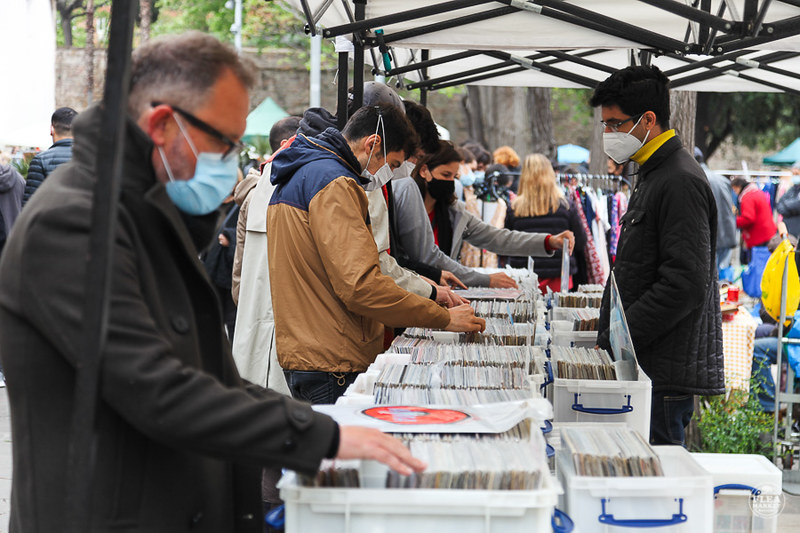
6. La Boqueria Market
La Rambla, 91, 08001 Barcelona
Talking of markets, you simply can’t miss the symbolic La Boqueria market nestled between El Raval and Las Ramblas. Here you’ll find every fruit and vegetable under the sun, freshly squeezed juices, specialist products from around Spain and tapas bars packed with tourists and locals alike – be sure to get there early to try dishes made with fresh market produce. Famous around the world, this vibrant space has become synonymous with a trip to Barcelona.
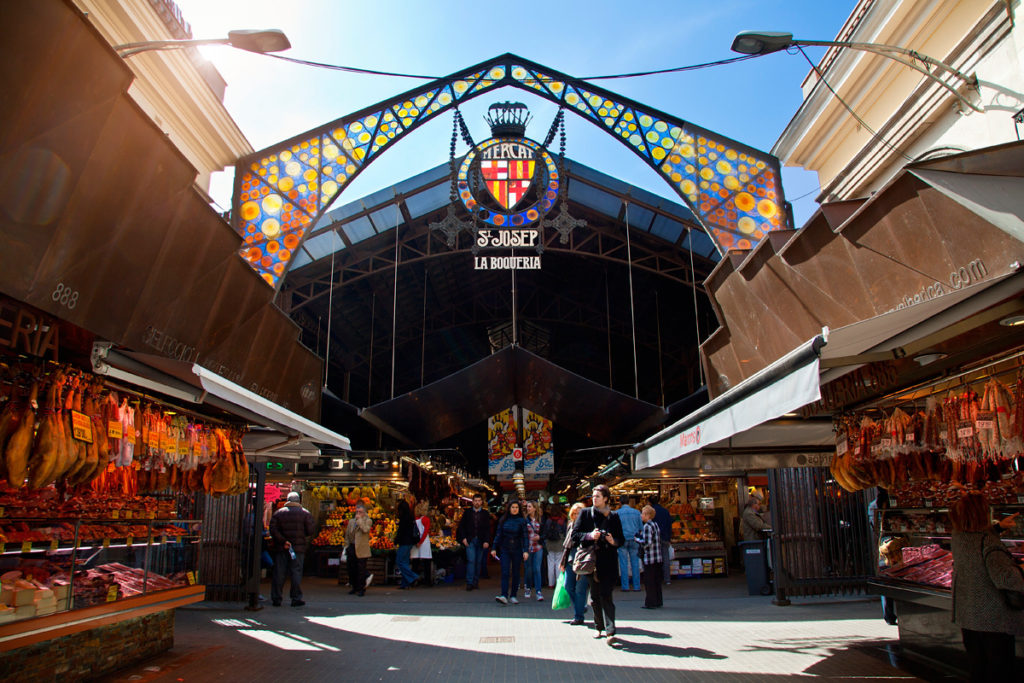
7. Filmoteca de Catalunya
Plaça de Salvador Seguí, 1, 08001 Barcelona
This film archive located in the heart of El Raval strives to preserve film and audiovisual culture, with particular focus on Catalonia. Discover a range of film screenings throughout the week in original language version, in addition to photography exhibitions and a small bookshop.
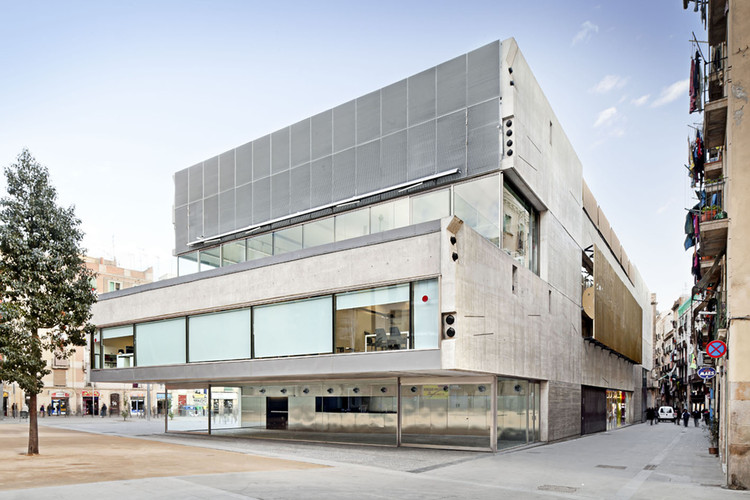
8. Discover Carrer Joaquín Costa’s nightlife
If you’re looking to discover the true side of El Raval, be sure to head to Carrer Joaquín Costa for an evening that promises some of Barcelona’s coolest bars, live music and your favourite tipple. Afterwards, why not head to Marsella bar on Carrer de Sant Pau, 65. Rumoured to be Barcelona’s first bar and frequented by Picasso and Hemingway, the drink of choice here is absinthe.
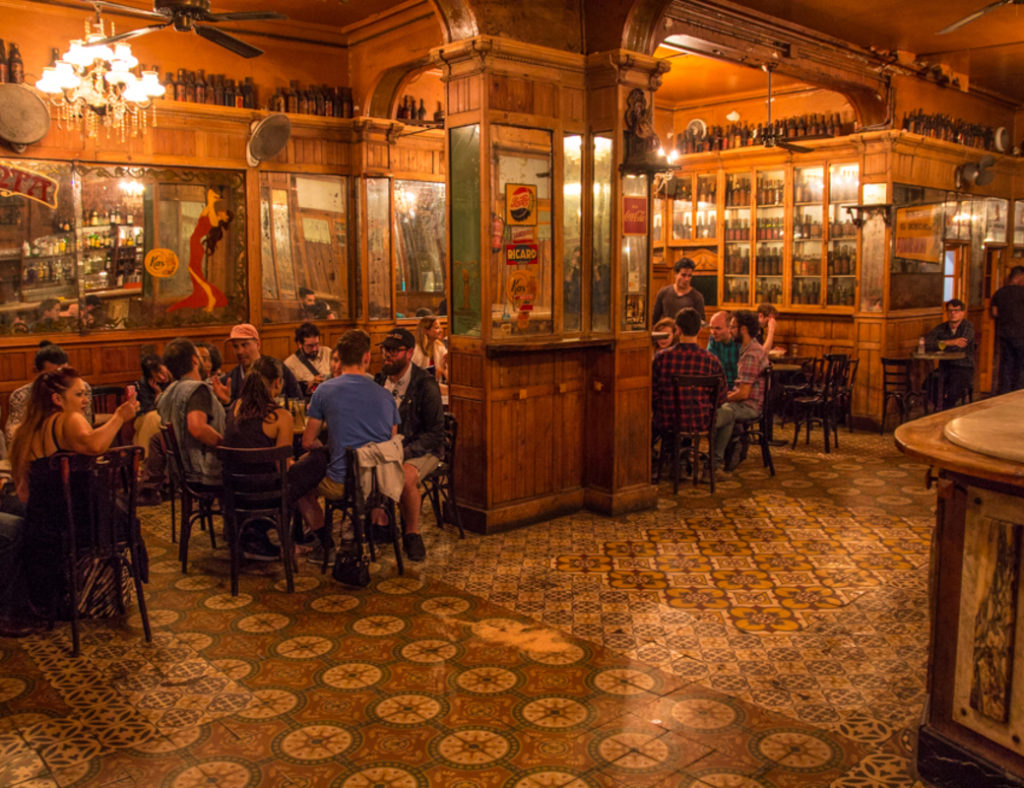
9. Savour the flavours of El Raval
Given the ethnic diversity of this neighbourhood, it’s no surprise that here you’ll find a plethora of restaurants serving food from far-flung places and places closer to home. Here you’ll try some of the best Indian, Vietnamese, Lebanese, Catalan and vegetarian cuisine.

10. L’antic Hospital de la Santa Creu & the National Library of Catalonia
Carrer de l’Hospital, 56, 08001 Barcelona
Formerly a hospital, this example of Catalan Gothic architecture can be visited today as the National Library of Catalonia, with its mission being to collect and preserve Catalan-language books and heritage. Don’t miss the beautiful courtyard of this hospital, which was where Gaudí himself was cared for before he died.
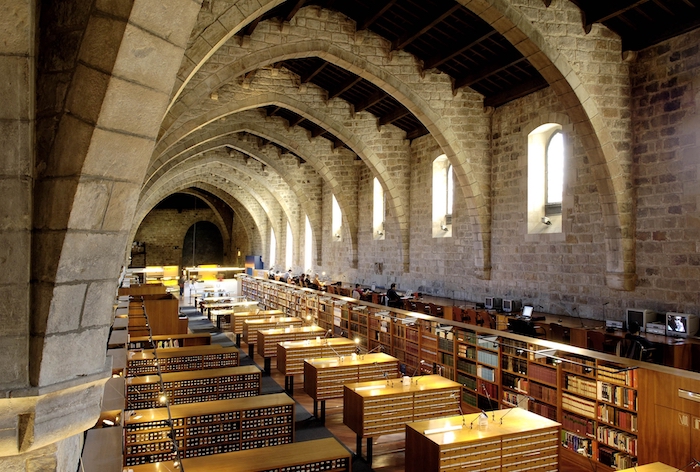
11. Visit the Drassanes Reials de Barcelona (Royal Shipyards of Barcelona)
Av. de les Drassanes, 1, 08001 Barcelona
Home to the Barcelona Maritime Museum, these former shipyards boast a spectacular collection of ships and are steeped in history. Head there to learn of the role the city played in the construction of these impressive vessels.
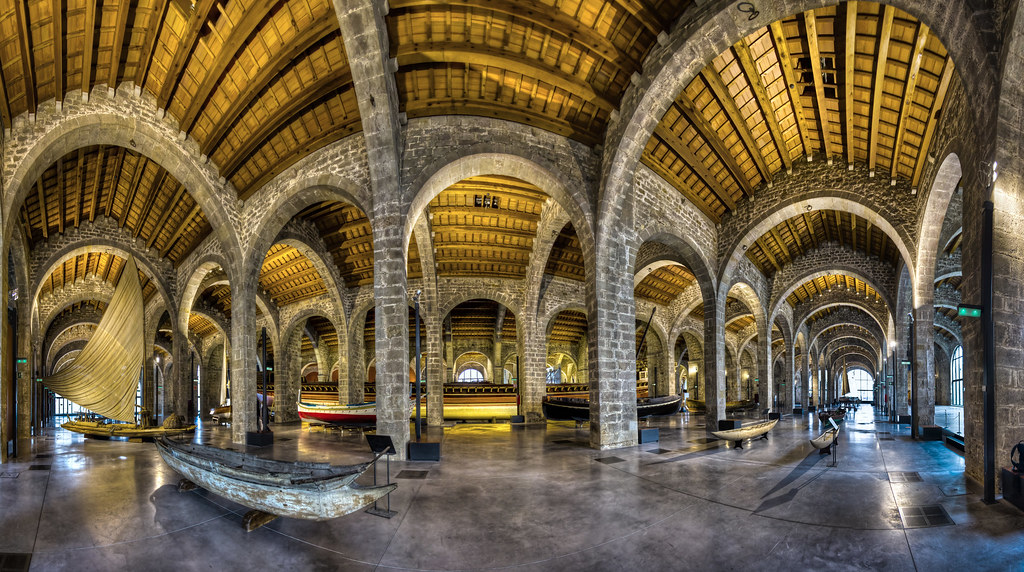
12. Sala Barts
Av. del Paral·lel, 62, 08001 Barcelona
Known as Barcelona Arts on Stage, this emblematic venue that first opened its doors in El Raval in 1892 hosts theatre, music and cultural events and festivals. Be sure to check out its website to see what’s on!
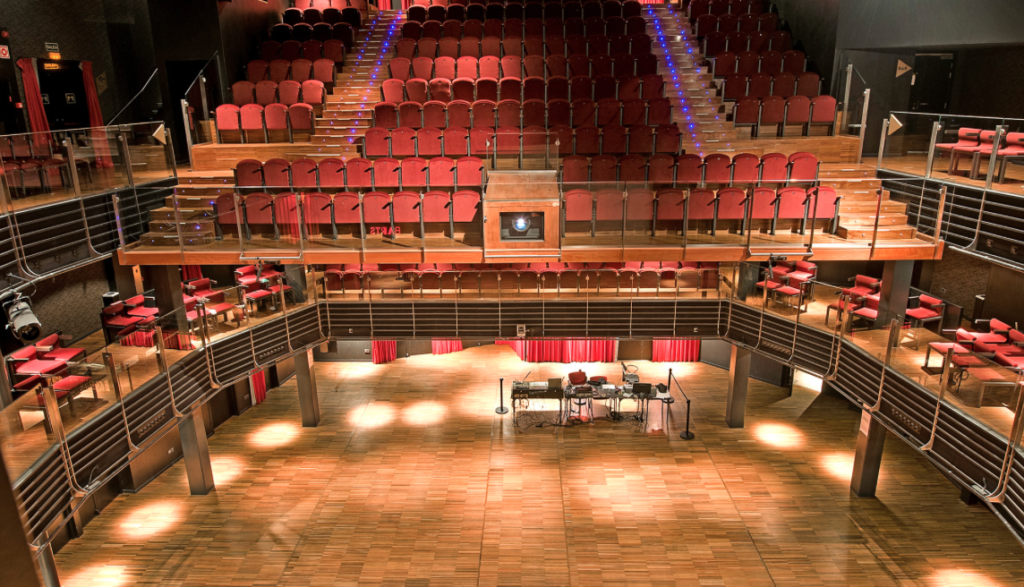
That concludes our guide to El Raval District in Barcelona. Let us know what your favourite thing to do in El Raval is!
And remember, If you are planning to visit Barcelona, We’ve got what you need! Long term and short term apartment rentals in Barcelona: Here at BizFlats, we are proud to offer you quality apartments located across Barcelona city: www.bizflats.com


